Please Commit Your Changes Or Stash Them Before You Merge
Understanding the Importance of Committing Changes and Stashing Them
When working on a project with a team of developers using a version control system like Git or SVN, it is crucial to commit your changes or stash them before merging. Committing changes refers to saving your modifications to the codebase, creating a record of the alterations you have made. Stashing changes, on the other hand, involves temporarily storing your modifications without committing them.
Here are some benefits and advantages of committing changes before merging:
1. Ensures a Record of Changes in the Version Control System:
Committing changes allows your team members to easily track and review the modifications you have made. It acts as a permanent record of your work, helping to maintain a transparent and organized development process.
2. Facilitates Collaboration and Communication among Team Members:
By committing changes, you make your modifications visible to other team members. This promotes collaboration and communication, as they can understand the changes you have made and provide feedback or suggestions if necessary.
3. Enables Reverting to Previous Versions if Needed:
Committing changes allows you to roll back to a previous version of the codebase. If any issues arise or if you need to revert your changes, having a clear record of each modification makes it easier to backtrack and restore previous versions.
4. Helps in Tracking and Resolving Issues and Bugs:
By committing changes, you create a clear audit trail of modifications. This makes it easier to identify any bugs or errors that might have been introduced during the development process. By having a record of each change, it becomes simpler to track down the source of the issue and resolve it quickly.
5. Enhances Code Review Processes:
Committing changes before merging enables easy code review. Team members can review and provide feedback on specific changes you have made, ensuring that the codebase adheres to coding standards, is bug-free, and follows best practices.
The Process of Committing Changes and Stashing Them
To effectively commit changes and stash them before merging, follow these steps:
1. Reviewing and Selecting the Relevant Changes:
Before committing changes, review your modifications and select the relevant files or code snippets that should be included. It is important to ensure that you only commit necessary changes, avoiding any unnecessary or incomplete modifications.
2. Writing a Clear and Concise Commit Message:
When committing changes, it is important to write a clear and concise commit message that describes the purpose of the modifications. This helps other developers understand the intention behind the changes and makes it easier to navigate through the codebase history.
3. Committing the Changes to the Version Control System:
Using the appropriate commands in your version control system (e.g., `git commit`), commit the selected changes to the repository. This saves your modifications and creates a unique identifier for the commit.
4. Stashing Changes for Temporary Storage:
If you have made modifications that are not ready to be committed or need to switch to a different branch, you can stash them temporarily. Stashing allows you to store your changes without committing them, so you can switch branches or perform other operations without losing your work.
5. Applying Stashed Changes to the Updated Codebase:
Once you have stashed your changes and completed the necessary operations, such as switching branches, you can apply the stashed changes back to the updated codebase. This ensures that your modifications are not lost and can be later reviewed, committed, or further edited.
Best Practices for Committing Changes and Stashing Them
To ensure a smooth development process and maintain a clean codebase, consider following these best practices:
1. Committing Changes Frequently:
To keep track of your progress and avoid losing work, commit your changes frequently. By committing smaller, logical units of work, it becomes easier to manage and track modifications.
2. Keeping Commit Messages Descriptive and Informative:
When writing commit messages, provide a clear summary of the modifications made. Make sure to include relevant details that help other developers understand the purpose and impact of the changes.
3. Organizing Changes into Logical and Atomic Units:
Instead of committing large, sweeping changes, try to organize your modifications into smaller, logical and atomic units. This helps in better code review and makes it easier to revert specific changes if needed.
4. Avoiding Committing Unnecessary Files or Code Fragments:
While committing changes, make sure to only include necessary files and code fragments. Avoid committing temporary files, debugging statements, or incomplete code that is not intended to be part of the final product.
5. Discussing and Resolving Conflicts before Merging:
Before merging your changes into the main codebase, make sure to discuss and resolve any conflicts that may arise. Collaborate with your team members to ensure smooth integration without introducing any issues.
Tools and Techniques for Efficiently Committing Changes and Stashing Them
To efficiently commit changes and stash them, consider utilizing the following tools and techniques:
1. Utilizing Version Control Systems (e.g., Git, SVN):
Version control systems like Git or SVN provide a structured and organized way to manage code changes. Familiarize yourself with the commands and features provided by these systems to effectively commit changes and stash them.
2. Employing Git’s Staging Area for Selective Committing:
Git’s staging area allows you to selectively choose which changes to include in your commit. Before committing, use the `git add` command to stage specific files or changes, making it easier to organize your commits.
3. Using Git’s Interactive Rebase for Combining and Cleaning Commits:
Git’s interactive rebase feature enables you to combine and clean up your commits. You can squash and reorder commits, making the commit history more concise and organized before pushing your changes.
4. Applying Git’s Amend Command for Quick Fixes:
Git’s amend command allows you to quickly make amendments to your last commit. It is useful for fixing small mistakes or adding missed changes without creating a new commit.
5. Leveraging Stash Functionality for Temporary Storage:
Git’s stash functionality provides a convenient way to temporarily store your changes without committing them. This ensures that your modifications are not lost while allowing you to switch branches or perform other operations.
FAQs
Q: What happens if I don’t commit or stash my changes before merging?
A: If you don’t commit or stash your changes before merging, you risk losing your modifications or introducing conflicts in the codebase. It is important to commit or stash your changes to ensure that your work is not overwritten or discarded.
Q: Can I stash changes indefinitely?
A: While you can stash changes for an extended period, it is generally recommended to apply stashed changes as soon as possible to avoid conflicts when merging or switching branches.
Q: How do I apply stashed changes?
A: To apply stashed changes in Git, you can use the `git stash apply` or `git stash pop` command. These commands retrieve the stashed changes and apply them to the current branch.
Q: Can I review stashed changes before applying them?
A: Yes, you can review stashed changes before applying them. Use the `git stash show` command to see the changes made in the stash. Additionally, you can use the `git stash branch` command to create a new branch with the stashed changes, allowing you to review and test them separately.
In conclusion, committing changes or stashing them before merging is crucial in a collaborative development environment. It allows for a clear record of modifications, promotes collaboration and communication among team members, and helps in tracking and resolving issues. By following best practices, utilizing appropriate tools and techniques, and understanding the importance of committing changes or stashing them, you can ensure a smooth and efficient development process. Remember, please commit your changes or stash them before you merge!
Please Commit Your Changes Or Stash Them Before You Merge.
What Does Please Commit Your Changes Or Stash Them Before You Merge?
When working on a collaborative software development project, you may come across a common phrase: “Please commit your changes or stash them before you merge.” This message is often displayed when attempting to merge your branch with the main branch. Understanding what this message means and why it is important is crucial for maintaining a clean and error-free codebase. In this article, we will delve deep into the meaning of this phrase and why it is necessary, in addition to answering some frequently asked questions.
Why Is Committing Changes Important?
Committing changes is an essential part of version control systems, such as Git. When you modify files in your local repository, Git keeps track of those changes. However, these changes are only stored within your local repository until you commit them. Committing changes means permanently saving the modifications you made to the files, creating a new version of the project. This practice allows you to easily track and revert changes if needed, ensuring better collaboration and code management.
What Is Stashing?
Stashing, on the other hand, is a Git feature that allows you to save your in-progress changes without committing them. When you encounter the message “Please commit your changes or stash them before you merge,” it means that you have uncommitted changes in your branch that would be lost if you proceed with the merge. Stashing provides a temporary storage space where you can save your changes and later retrieve them when necessary.
The Importance of Committing or Stashing Before Merging
When merging two branches, Git needs to find a common ancestor commit to determine the changes made in both branches. If there are uncommitted changes in your branch, Git cannot compare these modifications with the main branch. Committing or stashing your changes before merging allows Git to properly analyze the differences, resulting in a successful merge.
Ignoring this step can lead to conflicts, where Git is unable to reconcile the differences between the branches automatically. As a result, manual intervention is required to resolve the inconsistencies. Conflicts can be time-consuming to resolve, potentially slowing down the development process. By committing or stashing your changes before merging, you prevent conflicts and maintain a smooth workflow for yourself and your team.
FAQs
1. What if I accidentally merge without committing or stashing my changes?
Accidentally merging without committing or stashing your changes can result in the loss of your modifications. However, Git provides several options for recovering lost work. You can use the `git reflog` command to identify the previous state of your branch before the merge. From there, you can create a new branch from the desired commit and reapply your changes if they weren’t lost. It is always recommended to double-check your changes and ensure they are committed or stashed before merging.
2. Can I undo a merge if conflicts occur?
Yes, Git allows you to undo a merge if conflicts arise during the process. If you encounter conflicts that you cannot resolve manually, you can use the `git merge –abort` command to revert the merge and return to the previous state. This command discards the merge commit and restores your branch to its pre-merge state, allowing you to start the merge process again after resolving any conflicts.
3. Can I stash specific changes instead of all of them?
Yes, Git provides the flexibility to stash specific changes instead of stashing all the modifications in your branch. The `git stash` command allows you to specify files or changes via patterns or explicitly mentioning the file names. This way, you can selectively stash the changes you wish to save while discarding others.
4. Can I stash multiple sets of changes?
Absolutely! Git supports multiple stashes, allowing you to save different sets of changes independently. You can create new stashes using the `git stash push` command with different messages to label and differentiate them. Later, you can apply or drop specific stashes based on your requirements.
Conclusion
Understanding the importance of committing changes or stashing them before merging is essential for a smooth and efficient software development process. By following this best practice, you can prevent conflicts and maintain a clean codebase. Remember to always commit or stash your changes before merging and utilize Git’s features to manage your changes effectively.
What Happens If I Stash My Changes?
As a developer or programmer, it is common to find yourself juggling multiple tasks at once, switching between different branches or features. In this scenario, stashing changes can be a savior. Git, the most popular version control system, provides a handy feature called “stash” that allows you to save your changes temporarily without committing them to a branch. In this article, we will dive deep into the concept of stashing changes and explore its various aspects.
But first, what exactly is stashing? When you stash changes, you are essentially bookmarking your current work, saving it in a hidden area, and reverting your working directory to the state of the last commit. It acts as a temporary storage facility for unfinished work, allowing you to switch branches or perform other tasks without committing incomplete changes.
When you stash your changes, Git will clean up the working directory, leaving it in a state that matches the most recent commit. This means that any modifications you made to tracked files that are not yet committed will be saved away, allowing you to work on another branch or version without interference.
To stash changes, you can use the following command in your Git terminal:
“`bash
git stash
“`
Once you stash your changes, Git will automatically revert your working directory to the last commit. You can then switch branches or perform any other necessary actions. When you are ready to retrieve your stashed changes, you can use the following command:
“`bash
git stash apply
“`
It is important to note that `apply` will retrieve the stashed changes but will not remove them from the stash. If you want to remove the stash after applying it, you can use `git stash drop`. Alternatively, you can use `git stash pop`, which is a combination of `apply` and `drop`, as it applies the stash and immediately removes it from the stash stack.
Now that we understand how stashing works, let’s explore some common use cases and scenarios where it can be particularly helpful:
1. Switching branches: When you need to switch branches but have uncommitted changes that you don’t want to lose, stashing ensures a clean working directory, allowing for a smooth transition to another branch.
2. Temporary bug fixes: If you stumble upon a bug while working on a particular feature or branch, stashing your changes allows you to quickly switch to a bug-fixing branch without clashing with any unfinished work.
3. Interrupted work: Unexpected interruptions, such as urgent tasks or critical bug fixes, often require immediate attention. Stashing your changes ensures that your current work is preserved while you address these critical matters.
4. Experimenting with different solutions: Stashing helps you explore alternative approaches without the fear of losing your current progress. By stashing your changes and checking out a different branch, you can test various solutions and easily switch back to your original work if needed.
Now, let’s address some frequently asked questions about stashing changes:
Q: Can I stash only specific files?
A: Yes, you can use `git stash push
Q: How do I manage multiple stashes?
A: Git allows you to stash multiple times, creating a stash stack. You can list and access the stash stack using `git stash list` and retrieve specific stashes using `git stash apply stash@{n}`.
Q: Can I stash both staged and unstaged changes?
A: Yes, `git stash` captures both staged and unstaged changes. When you later apply the stash, Git will restore the changes in the same state they were stashed.
Q: Is it possible to stash untracked files?
A: Yes, `git stash push -u` or `git stash push –include-untracked` will stash even the untracked files.
Q: Can I stash context-specific configurations or environment changes?
A: Yes, stashing is not limited to code changes; it can also store changes related to configurations or environment-specific modifications.
Stashing changes in Git provides a powerful mechanism to save and retrieve unfinished work without committing it to a branch. It allows developers to seamlessly switch between tasks or experiment with different solutions while ensuring their work is not lost. Understanding how to stash and apply changes effectively can significantly enhance productivity and workflow. So next time you find yourself needing to temporarily set aside your current work, remember the stash command in Git, your trusty companion in managing changes efficiently.
Keywords searched by users: please commit your changes or stash them before you merge Please commit your changes or stash them before you switch branches, your local changes to the following files would be overwritten by merge:, Git stash, please move or remove them before you merge., Git stash là gì, The following untracked working tree files would be overwritten by merge, automatic merge failed; fix conflicts and then commit the result., your local changes to the following files would be overwritten by checkout:
Categories: Top 58 Please Commit Your Changes Or Stash Them Before You Merge
See more here: nhanvietluanvan.com
Please Commit Your Changes Or Stash Them Before You Switch Branches
When working on a collaborative project using Git, it’s essential to manage your code changes effectively. One common issue that arises when switching branches is the risk of losing uncommitted changes. To avoid this, Git provides a helpful reminder – “Please commit your changes or stash them before you switch branches.” In this article, we will delve into why Git displays this message and explore the different methods to ensure you never lose your valuable code alterations.
Understanding the message:
—————————-
Git is a distributed version control system that allows multiple developers to work on the same project simultaneously. Each developer can create their branches to work on different features, bug fixes, or experiments. However, it is crucial to prevent any disruptions in the project’s flow when switching between branches.
The message “Please commit your changes or stash them before you switch branches” serves as a gentle warning from Git. It indicates that you have made modifications to your code that are still pending – either uncommitted or unstashed. Switching branches without committing or stashing these changes can result in conflicts and potentially overwrite or discard your work.
Committing changes:
——————-
One primary solution to ensure the safety of your alterations is to commit them. Committing changes in Git creates a point in history that represents the state of your code at that particular moment. This allows you to switch branches freely without losing your progress.
To commit your changes, follow these steps:
1. Stage your changes: Use the `git add` command to stage the files or changes you want to include in the commit. For example, to stage all changes, use `git add .`. You can also specify individual files or directories.
2. Commit the changes: Once your changes are staged, use the `git commit` command followed by an informative commit message. For instance, `git commit -m “Implemented new feature.”` This creates a new commit, saving your modifications to the current branch.
Stashing changes:
——————
In some cases, you may want to switch branches temporarily without committing your changes. This scenario is where stashing comes into play. When you stash changes, Git saves them in a temporary area, allowing you to switch branches and reapply them later.
To stash your changes, follow these steps:
1. Stash changes: Use the `git stash` command to save your modifications. Git will automatically create a new stash and revert your working directory to the state of the last commit. The stash includes both staged and unstaged changes.
2. Switch branches: With your changes stashed, you can now switch to another branch using the `git checkout` command.
3. Reapply stashed changes: Once you are done switching branches and want to reapply your stashed changes, use the `git stash apply` command. This reapplies the latest stash to your working directory.
Frequently Asked Questions (FAQs):
———————————–
Q1. What happens if I switch branches without committing or stashing my changes?
A1. Switching branches without committing or stashing your changes can lead to conflicts and potential loss of your work. Git will give you a warning and prevent the branch switch unless you take appropriate actions.
Q2. Can I commit only a portion of my changes?
A2. Yes, Git allows you to selectively stage specific changes using the `git add -p` command. This interactive mode enables you to choose which changes to include in the commit.
Q3. Can I stash multiple sets of changes?
A3. Absolutely! Git allows you to stash multiple sets of changes, creating a stack of stashes. You can then reapply them one by one in the order they were stashed.
Q4. What if I want to discard my changes completely?
A4. If you decide to discard your changes entirely, you can use the `git checkout .` command to revert your working directory to the last commit’s state. However, be cautious as this action can be irreversible.
Q5. How do I know if I have any changes to commit or stash?
A5. By running the `git status` command, Git provides an overview of your current working tree status. It will display if there are any modified or untracked files that need attention.
Conclusion:
————-
Taking precautions to prevent the loss of code changes is crucial when working in a collaborative Git environment. By committing changes or stashing them before switching branches, you ensure the safety of your work and maintain the project’s integrity. Remember to commit frequently, use stashing when necessary, and consult the command references or documentation if you encounter any challenges along the way. Happy coding with Git!
Your Local Changes To The Following Files Would Be Overwritten By Merge:
In the world of software development, collaboration is key. Multiple developers working on the same project at the same time is a common scenario. As a result, merging changes from different branches becomes a crucial task. However, conflicts can arise when attempting to merge these changes, particularly when local files have been modified in ways that conflict with the changes made by others. This article explores the concept of local changes that would be overwritten by a merge and provides insights on how to address and resolve these conflicts effectively.
Understanding Local Changes and Merge Conflicts:
When working on a software project, developers often create separate branches to work on specific tasks or features. These branches allow developers to work independently and then merge their changes back into the main branch. However, if two or more developers make conflicting changes to the same file, a conflict occurs during the merge process.
Local changes refer to modifications made by a developer on their local branch. These changes can include adding, modifying, or deleting code, updating variables, or reorganizing file structures. During a merge, the version control system compares the changes made in different branches and combines them into a unified version. However, if modifications made locally conflict with changes made on the target branch, the merge process halts, and developers must manually resolve these conflicts to proceed.
Identifying Local Changes Overwritten by Merge:
To determine whether your local changes would be overwritten by a merge, it is essential to compare the changes made on your branch with the changes made on the target branch. Various version control systems like Git provide tools to compare and visualize these changes, making it easier to identify conflicts.
The following scenarios highlight instances where local changes can be overwritten during a merge:
1. File Modifications: If your local changes involve modifying lines or blocks of code in a file, and the same lines or blocks have been modified on the target branch, conflicts arise. The merge process cannot determine which changes to prioritize, leading to the need for manual intervention.
2. File Deletions: Suppose you have deleted a file locally, but someone else has modified or renamed the same file on the target branch. In that case, the merge operation will attempt to add the file back, causing conflicts.
3. File and Directory Renames: Renaming files or directories locally can conflict with changes made on the target branch. If someone else has modified the same file or directory path you’re renaming, a merge conflict will occur.
Resolving Merge Conflicts:
Resolving merge conflicts can be a collaborative effort. Here are some steps to help you tackle these conflicts effectively:
1. Pull Recent Changes: Prior to performing a merge, ensure you have pulled the latest changes from the target branch. This action helps minimize conflicts as it incorporates the most recent changes made by other developers.
2. Analyze Conflict Scope: Git or other version control systems typically provide detailed information about the conflicts, highlighting the specific files and lines where conflicts arise. Analyzing the scope of these conflicts helps in understanding the changes that conflict with your local modifications.
3. Resolve Conflicts Manually: Once you have identified the conflicting files and lines, open them in a text editor or integrated development environment (IDE). Manually edit the files, choosing which modifications to keep and removing conflicting lines. Ensure the final result is a cohesive and functional piece of code.
4. Test Changes: After resolving conflicts, it is crucial to test your changes to ensure they work as expected. Run the application, execute relevant tests, and carefully review the functionality impacted by the merge. Proper testing helps avoid introducing new issues while merging.
5. Commit and Push: Once you have resolved the conflicts and tested the changes, commit the merged code and push it back to the repository. Provide a clear and concise commit message explaining the changes made and how they resolve the conflicts.
FAQs:
Q1. Why do merge conflicts occur?
Merge conflicts occur when there are conflicting changes made by different developers in the same file or code section. Version control systems cannot automatically determine which changes should take precedence, requiring manual resolution.
Q2. Can I revert my local changes to prevent merge conflicts?
Yes, reverting your local changes before merging can eliminate potential conflicts. However, this means discarding your modifications. It is advisable to create a backup or stash your changes before reverting, ensuring you can recover them if needed.
Q3. How can I avoid merge conflicts?
To minimize the likelihood of conflicts, communicate and coordinate with your team. Pull recent changes regularly, work on isolated features or tasks, and consider smaller and more frequent merges to reduce the number of conflicting changes.
Q4. What if conflicts cannot be resolved?
In some cases, conflicts might be too complex to resolve manually. In such situations, it is essential to consult with other team members or seek assistance from more experienced developers. Collaboration and communication are key to finding the best resolution.
In conclusion, merging changes from various branches is a critical aspect of software development. Understanding and identifying local changes that would be overwritten by a merge is imperative for efficient conflict resolution. By following best practices, analyzing conflicts, and effectively resolving them, developers can ensure smooth collaboration and maintain the integrity of their codebase.
Git Stash
Introduction
Git is the most popular version control system used by developers worldwide. It allows multiple developers to collaborate on a project efficiently. However, working on different branches or making changes in the middle of a task can sometimes lead to complications. This is where Git stash comes to the rescue. In this comprehensive guide, we will delve into the world of Git stash and explore its various features, benefits, and how to effectively use it to manage changes in your Git repository.
What is Git stash?
Git stash is a powerful command that allows you to temporarily save changes in a working directory without committing them. It enables you to switch branches or work on a different task without losing your current progress. Git stash saves your modifications of tracked files, including new and untracked files, and stores them in a “stash”.
Using Git stash
To stash your changes, open your terminal or command prompt and navigate to your Git repository. Use the following command:
“`
git stash save “your stash message”
“`
This command will create a stash with a unique identifier and the provided message. Git stash will then revert your working directory to the last commit, allowing you to switch branches or work on a different task. You can later retrieve your stashes and reapply them when needed.
Managing stashes
Git stash provides several commands to help you manage your stashes effectively:
1. List stashes: Use `git stash list` to view a list of all your stashes. It displays the stash identifier, the message, and the number of files changed within each stash.
2. Apply stashes: Use `git stash apply` followed by the stash identifier to apply a specific stash without removing it from the stash list. If the stash identifier is not provided, the latest stash will be applied.
3. Pop stashes: Use `git stash pop` to apply the latest stash and remove it from the stash list. This is useful when you no longer need the stash after applying it.
4. Drop stashes: Use `git stash drop` followed by the stash identifier to remove a specific stash from the stash list. Again, if the stash identifier is not provided, the latest stash will be dropped.
5. Clear stashes: Use `git stash clear` to remove all stashes from the stash list. Be cautious when using this command as it cannot be undone.
Git Stash FAQs:
Q: Can I stash both tracked and untracked files?
A: Yes, Git stash saves modifications of both tracked and untracked files. Tracked files are the ones already added to Git, while untracked files are new files that have not been added yet.
Q: How can I see the changes made in a stash?
A: You can view the changes made in a stash using the command ‘git stash show -p [stash-ID]’ or ‘git stash show –patch [stash-ID]’. This will display a diff of the changes made in the stash.
Q: Can I stash only some specific files in my working directory?
A: Yes, you can selectively stash only specific files using ‘git stash push [path-to-file]’. This allows you to stash changes in specific files instead of the entire working directory.
Q: Can I stash uncommitted changes while on a detached HEAD state?
A: Yes, you can stash your changes even when you are in a detached HEAD state. Git stash works based on the differences between the working directory and the last commit.
Q: What happens if conflicts occur when applying a stash?
A: If conflicts occur while applying a stash, Git will notify you about the conflicts and mark the conflicting files with merge markers. You will need to manually resolve the conflicts before committing the changes.
Q: Can I stash changes made in a specific branch and apply them in a different branch?
A: Yes, you can stash changes made in a specific branch and apply them in a different branch. Stashes are not tied to any specific branch and can be applied to any branch or even multiple times.
Conclusion
Git stash is an invaluable tool in a developer’s arsenal. It allows you to save changes temporarily, switch branches effortlessly, and maintain a clean working directory. Whether you’re working on multiple tasks simultaneously or need to switch branches quickly, Git stash ensures that you never lose your progress. By mastering the various commands and techniques discussed in this guide, you’ll become a proficient Git stash user, improving your productivity and flexibility in managing changes in your Git repositories.
Images related to the topic please commit your changes or stash them before you merge

Found 17 images related to please commit your changes or stash them before you merge theme


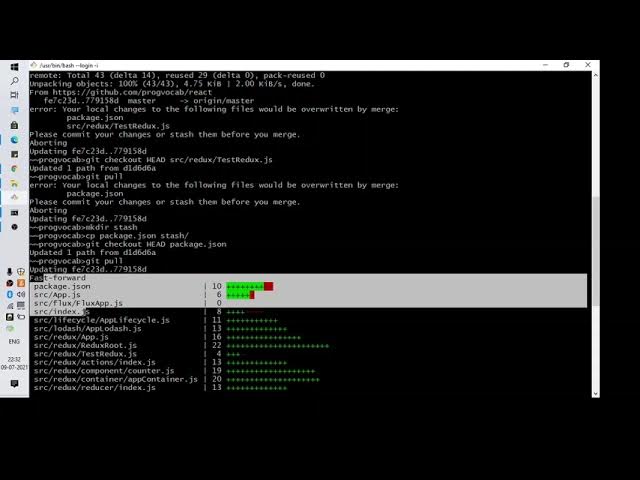











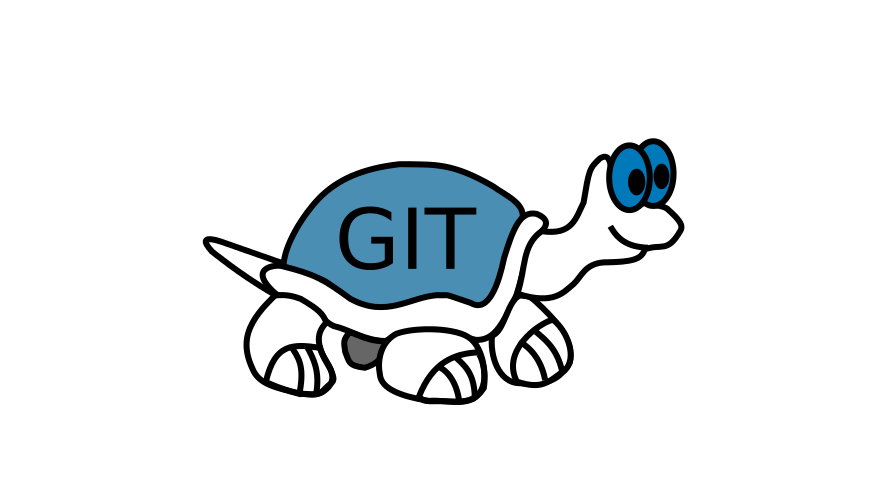





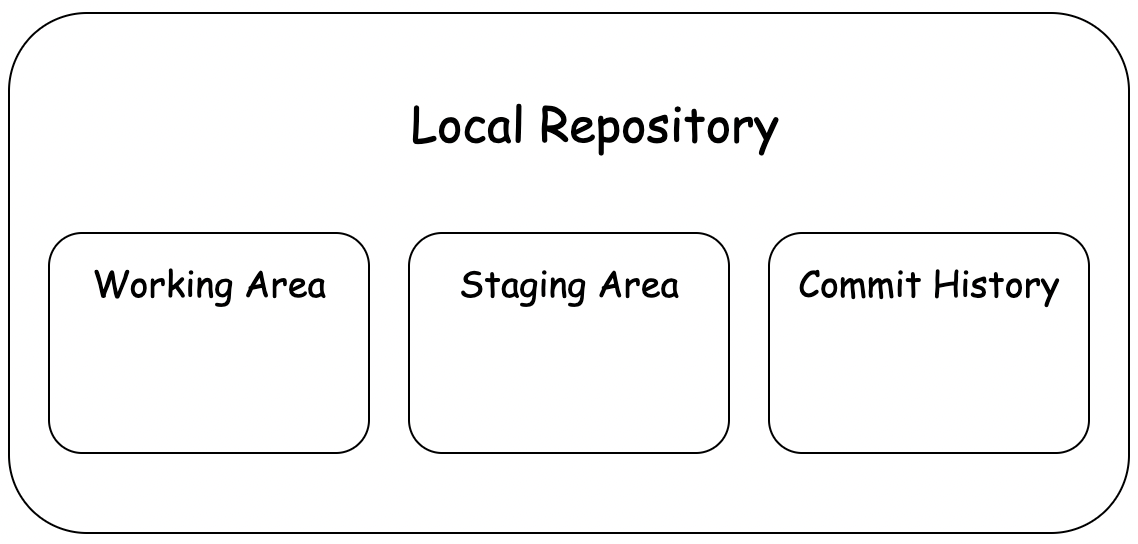





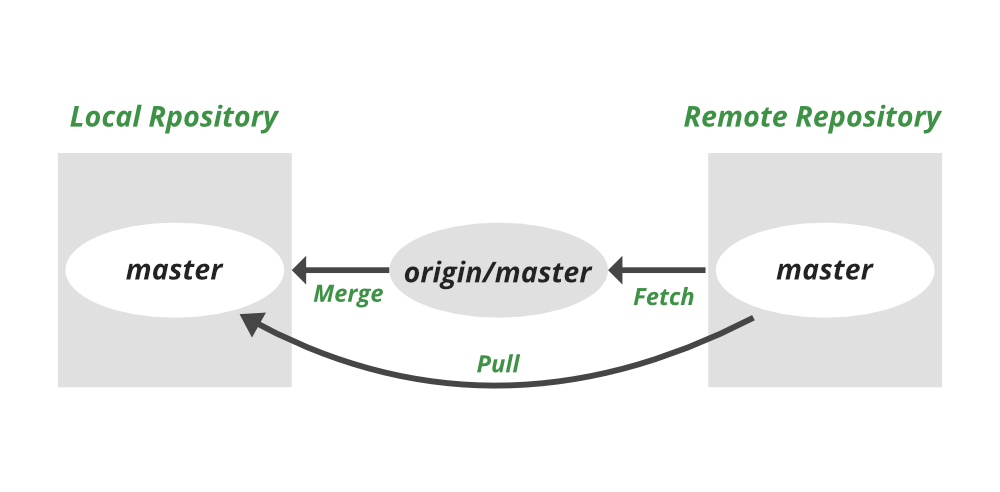

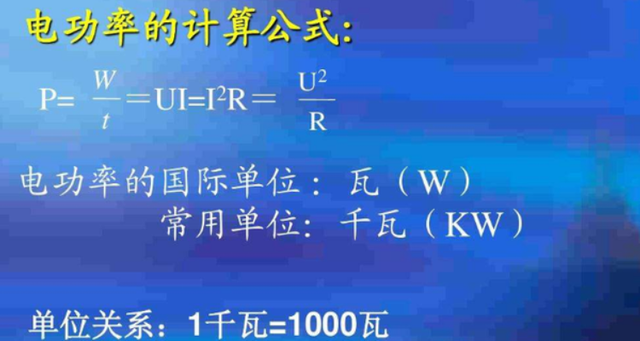








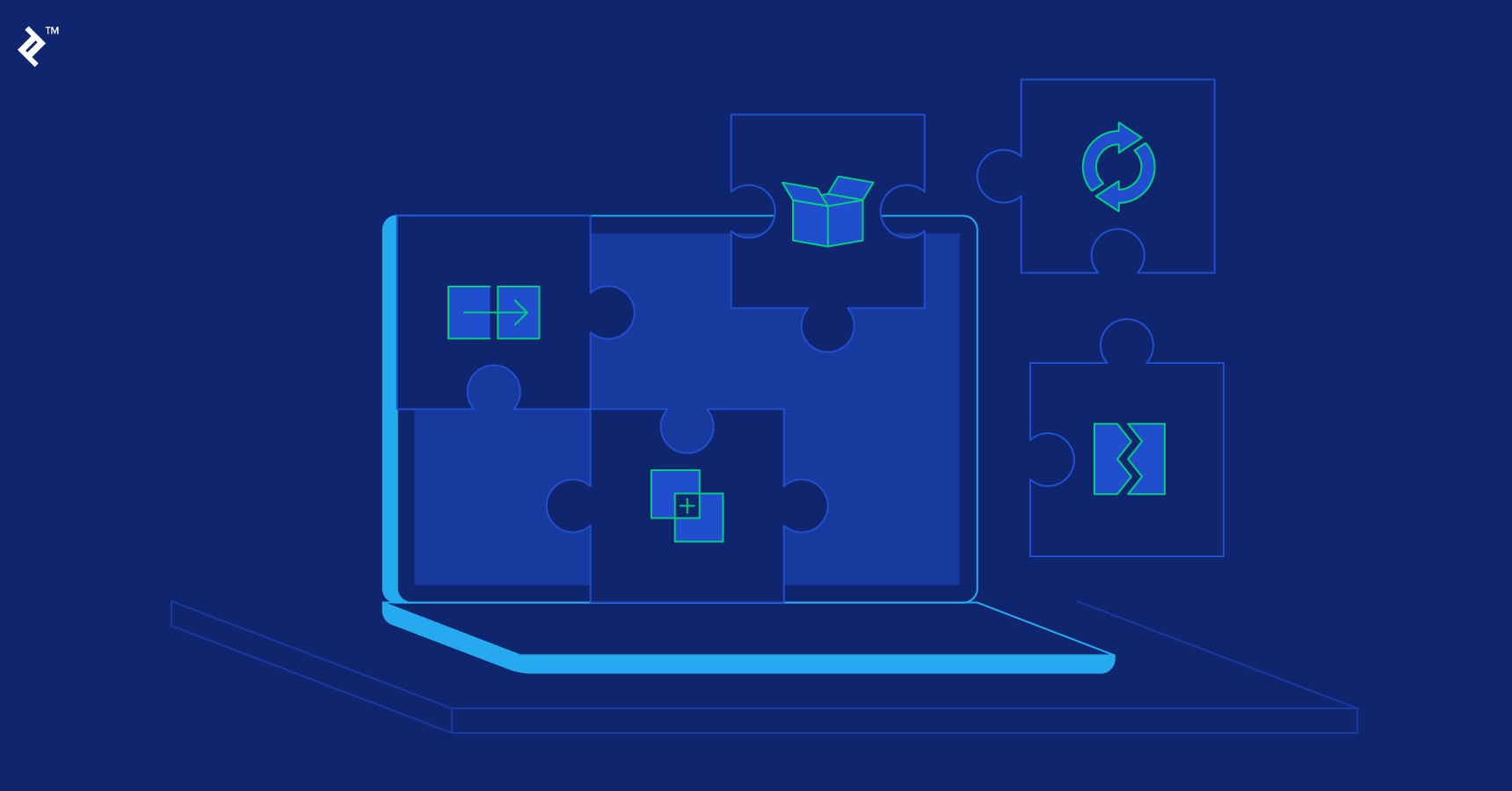





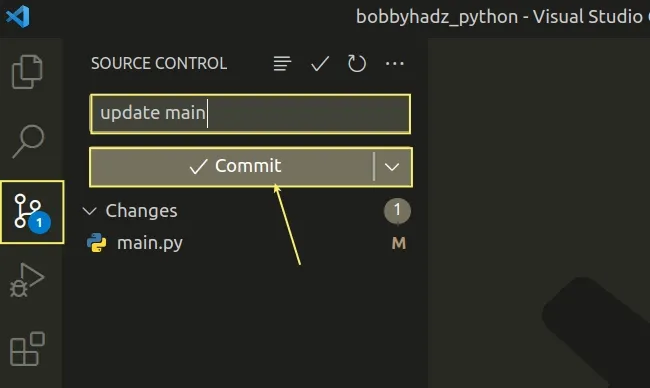



Article link: please commit your changes or stash them before you merge.
Learn more about the topic please commit your changes or stash them before you merge.
- How do I resolve git saying “Commit your changes or stash …
- Please commit your changes or stash them before you merge
- Git commit your changes or stash before you can merge
- Git commit your changes or stash before you can merge
- git stash – Saving Changes | Atlassian Git Tutorial
- Committing Your Changes To The Repository – TortoiseSVN
- Git: how to go back before merge – Stack Overflow
- Please commit your changes or stash them before you merge …
- Please Commit your changes or stash them before you can …
- Please Commit Your Changes or Stash Them Before You …
- How do I resolve git saying “Commit your changes or stash …
- your local changes to the following files would be overwritten …
- How do I commit my changes or stash them before you merge …
See more: nhanvietluanvan.com/luat-hoc